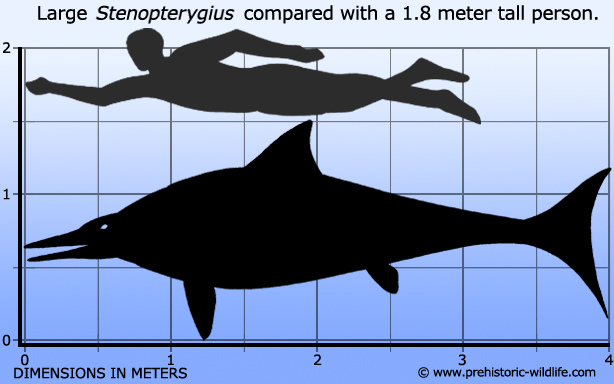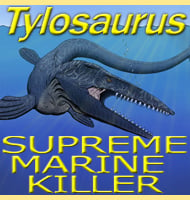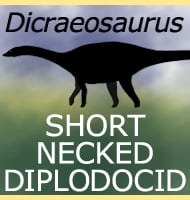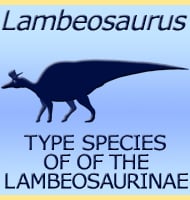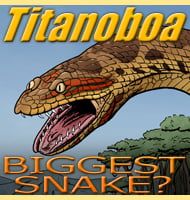In Depth
Stenopterygius is yet another example of a genus that once had a large number of species assigned to it only for most of these to now be regarded as synonyms to other previously named species. In addition while some of the remains of one species, S. hauffianus were reassigned to the type species S. quadriscissus, some of the former remains of this species were used to establish the genus Hauffiopteryx. Also like with many other ichthyosaurs, Stenopterygius was initially described as a species of Ichthyosaurus by Stenopterygius in 1856, until Otto Jaekel discovered the remains to actually belong to a distinct genus.
At least one well preserved specimen of Stenopterygius shows a large embryo inside the body of a female. Combined with other specimens showing the actual birth of baby ichthyosaurs, this helps prove without doubt that ichthyosaurs were viviparous reptiles, which in laymens terms means that they gave birth to live young instead of laying eggs. Although this might seem strange, live birth is actually well documented in some species of reptiles, including some modern species of snake and lizard alive today. Baby ichthyosaurs are also known to be born tail first so that they didn’t drown while being passed out of the birth canal.
Like with the majority of other icthyosaurs, Stenopterygius was a pelagic (open seas) hunter of fish and cephalopods like squid. In this environment its streamlined body would have afforded Stenopterygius with a high degree of speed and mobility, allowing it to hunt in a similar manner to a dolphin. Possible predators of Jurassic era ichthyosaurs like Stenopterygius may have included large pliosaurs similar to Simolestes and Pliosaurus (although these two genera lived a little later than Stenopterygius). Although while in the water Stenopterygius would have been very difficult to catch, they like other marine reptiles would still need to surface to breathe in fresh air, and it would be then that they would be at their most vulnerable.
Further Reading
– Revision der Gattung Stenopterygius Jaekel, 1904 emend. von Huene, 1922 (Reptilia: Ichthyosauria) aus dem unteren Jura Westeuropas – Palaeodiversity 1: 227–271. – Michael W. Maisch – 2008. – First diagnostic marine reptile remains from the Aalenian (Middle Jurassic): a new ichthyosaur from southwestern Germany – PLoS ONE 7(8):e41692 – E. E. Maxwell, M. S. Fern�ndez & R. R. Schoch – 2012.
